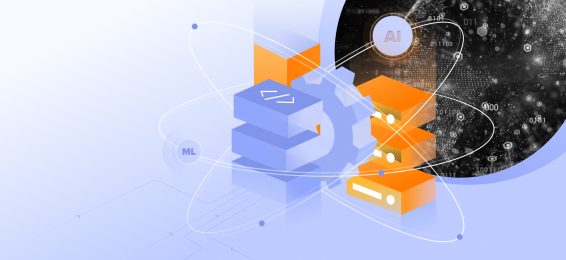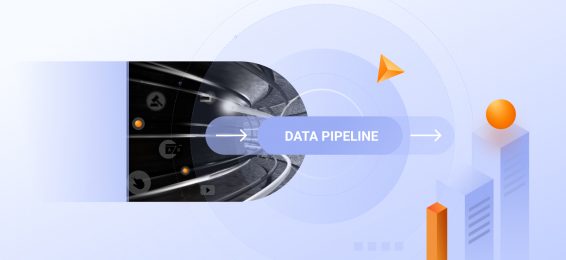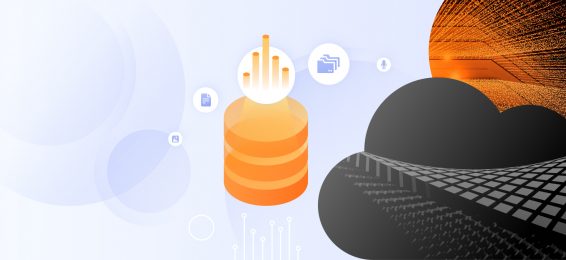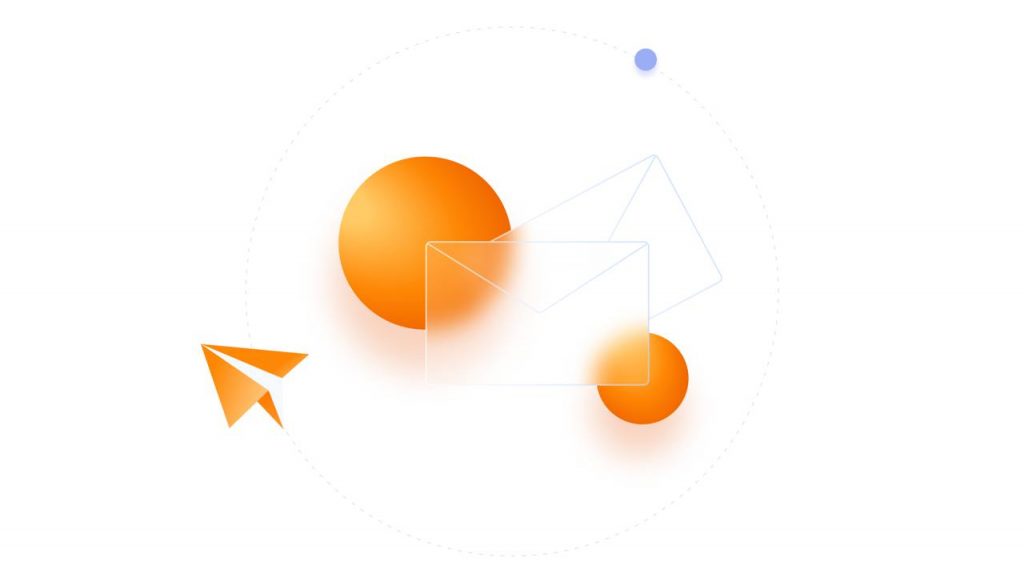Data harmonization is crucial for effective data standardization, reporting, and decision-making, as it enables organizations to leverage the full potential of their data assets.
By harmonizing data, organizations can gain a more comprehensive and accurate understanding of their operations, identify trends and patterns, and confidently make data-driven decisions.
Use cases of data harmonization
Data harmonization plays a crucial role in various industries, enabling organizations to leverage the full potential of their data assets and make informed decisions.
- Manufacturing: optimizing production processes, managing supply chains, and analyzing quality control data.
- Finance: detecting fraud, managing risk, and analyzing financial performance.
- Healthcare: managing patient records, analyzing medical claims, and conducting clinical research.
- Media: analyzing audience behavior, optimizing ad targeting, and managing content libraries.
- Consumer Packaged Goods (CPG): tracking product sales, analyzing consumer preferences, and optimizing marketing campaigns.
- Retail: analyzing customer behavior, product sales trends, and inventory management.
Data harmonization techniques
Organizations can employ a variety of techniques to achieve effective data harmonization. The following list highlights the methods that are frequently used to harmonize data:
- Data identification: identify the data sources that need to be harmonized.
- Data profiling: analyze the structure, content, and quality of the data.
- Data cleansing: identify and correct errors, inconsistencies, and inaccuracies in the data.
- Data standardization: ensure that data elements are consistent across different sources.
- Data integration: combine data from multiple sources into a unified dataset.
- Data transformation: convert data into a common format or structure.
- Data validation: verify the accuracy and quality of the harmonized data.
- Data enrichment: add missing or supplemental information to the harmonized data.
- Data quality assurance: implement ongoing monitoring and maintenance to ensure data quality.



